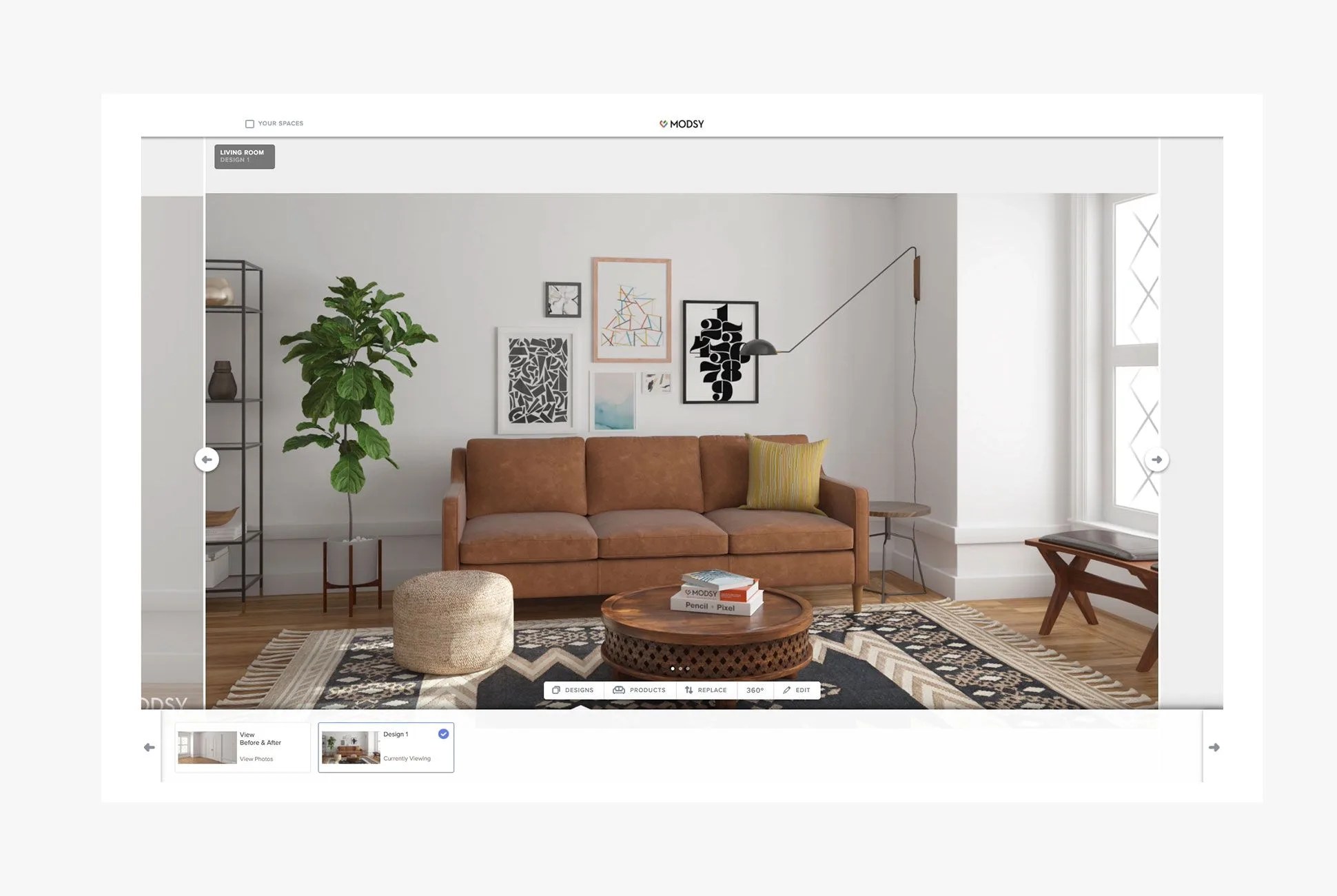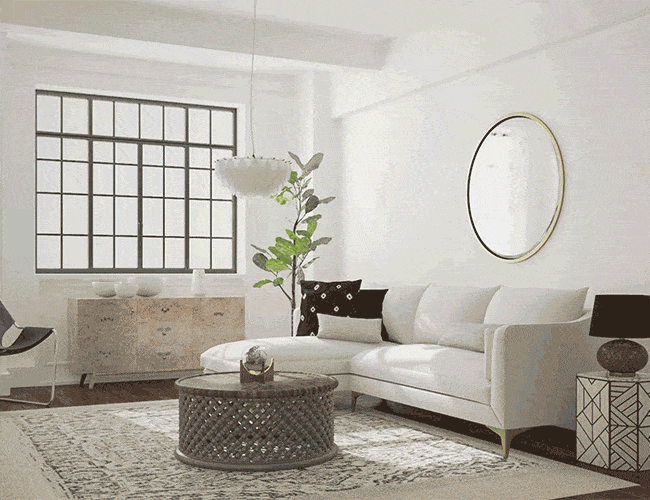When attempting to visualize how a piece of furniture will fit into a particular space, I trace its measurements on sheets of newspaper and create a cut-out. It’s a technique I learned from my mom when moving into my first apartment, trying to gauge whether a nightstand I wanted would be too wide. While effective in approximating floor space, height and visual weight were left unaccounted for. The nightstand worked, but there was no way of knowing for sure until the transaction had occurred and the furniture was installed in its designated place.
Aided by developments in artificial intelligence and augmented reality, a growing number of interior design platforms are striving to eliminate the guesswork that, until now, has been unavoidable when buying furniture.
Augmented reality is not new — Pokémon Go and Snapchat face masks are familiar examples — but Apple’s announcement of its forthcoming ARKit platform for iOS 11 at WWDC in June thrust the technology into the mainstream. Among the first planned implementations is an as-of-yet-unnamed app from IKEA. The Swedish furniture giant already offers an app that supports in-room visualization, but ARKit will take the digital catalogue to the next level — automatically scaling furniture within 0.03 inches (1 mm) of accuracy and adjusting color relative to the light within a space. The technology will eliminate the need for measurements altogether, enabling more reliable purchasing decisions, especially without having gone to a store beforehand.
A handful of new interior design platforms are relying on augmented reality and artificial intelligence technologies to streamline the process of decorating.
Lowe’s and Pottery Barn have toyed with augmented reality catalogues using Google’s Tango technology, but their adoption has been limited by the fact that there are just two Tango-enabled devices (the Lenovo Phab 2 Pro and Asus ZenFone AR) on the market today. By contrast, apps built with Apple’s ARKit will work on all iPhones and iPads running on iOS 11 when it rolls out in full later this year.
Until then, a handful of new design platforms are relying on augmented reality and artificial intelligence to streamline the decorating process, democratizing renderings previously reserved for professional interior design services. Hutch is one such app. Founder Beatrice Fischel-Bock says that the concept grew out of her experience providing decorating advice to friends in college. Without ever setting foot in a space, Fischel-Bock would use architectural standards — like electrical outlets being 18 inches above the floor — to develop a sense of scale from photographs. Hutch now automates the work that Fischel-Bock once did on her own, relying on artificial intelligence to create digital renderings from photos taken directly in the Hutch app in as little as one hour.
Users then apply filters curated around design trends and aesthetic movements to the rendering of their space, with the option to purchase furniture through the app. Hutch currently lacks the ability to keep existing furniture in a room or rearrange digitally rendered items, though Fischel-Bock says that those, as well as the option to upload multiple images for each room, are in the works. There’s also the possibility of an ARKit integration: “We always make sure to provide our users with the latest in consumer technology in order to keep the experience as relevant as possible,” she says.


